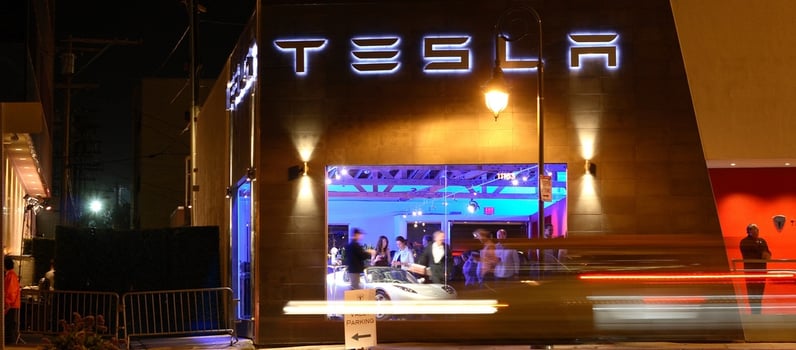
Advanced energy is moving fast: AEE just released a report showing that the U.S. advanced energy economy grew five times as fast as the U.S. economy as a whole. Now, we see more big strides in solar and wind, as well as fast times for advanced vehicles. (Okay, maybe not quite as fast as a Ferrari.)
In North Carolina, a Republican state representative just introduced a bill that would pave the path to third party-owned solar in the Tar Heel State. Rep. John Szoka cited a need for diversity in North Carolina’s energy resources and greater energy security for the state. "Free enterprise, in the form of market competition, is the cornerstone of the success of the United States and our economy," Szoka said. "Allowing North Carolinians to generate electricity on private property and allowing consumers flexible financing options, has immediate and long-term benefits that extend beyond the parties involved in third-party agreements."
AEE’s partner in North Carolina, North Carolina Sustainable Energy Association (NCSEA), couldn’t agree more. “There is a long history in North Carolina of electricity customers like the U.S. military, the [University of North Carolina] system, data centers and retail employers asking for more access to renewable energy,” according to a statement from NCSEA. “This bill allows a free market financing option that is only prohibited in five states; and given the value clean energy continues to bring to our state, it doesn’t make sense that North Carolina remain one of them.”
Julia Pyper, writing for Greentech Media, points out that 24 states allow for third party-owned solar, while in 21 states the laws remain unclear. The other states that prohibit the arrangement are Florida, Georgia, Kentucky, and Oklahoma.
Meanwhile, AEE Member SolarCity announced that it will offer “microgrids as a service,” expanding its advanced energy portfolio further. As Eric Wesoff writes in Greentech Media, SolarCity already has many of the elements of a microgrid provider: distributed generation (solar rather than diesel generators), inverters, energy storage, and control software. The company is targeting communities that would see the most benefit from the incorporation of microgrid technology, including island communities, hospitals, and military bases.
Microgrids are a proven technology with proven benefits. Microgrids increase grid resiliency and protect against a variety of threats, from extreme weather to terrorist attack.
A SolarCity spokesperson also told Greentech Media that the company has a microgrid in operation at “an undisclosed island location.” Whether or not a volcano is involved is left to the reader's imagination.
We reported last month on Google’s commitment to wind energy, and this week we saw the company declare that it would be flying even higher. Google X, the company’s “moonshot” arm, plans to deploy giant airborne wind turbines. Kite-based wind turbines may seem far-fetched, but the technology has been in development for several years. Makani Power, creator of the technology (and an early AEE member company), was acquired by Google back in 2013.
In advanced vehicles, the New Jersey legislature has approved direct sales of Tesla vehicles to consumers. Previously, New Jersey’s Motor Vehicle Commission, acting at the behest of local car dealerships, blocked direct sale of vehicles to consumers. That meant turning Tesla showrooms where the company had been selling its Model S cars into galleries where experts could show off Tesla cars, but could not make any direct sales. Now, Tesla will be open for business in New Jersey once again.
But not all Tesla news was winning this week. Motor Authority raced a Tesla Model S P85D against a Ferrari F12 in a quarter mile drag race. Video of the race shows the Tesla jumping out to an early lead, going from zero to top speed almost immediately thanks to its electric drive time. The Ferrari doesn’t take long to catch up, though, and ends up crossing the finish line first. As we all know, Elon Musk hates losing, so stay tuned for the next drag-race challenge.